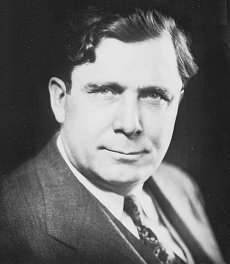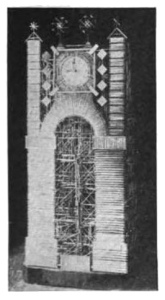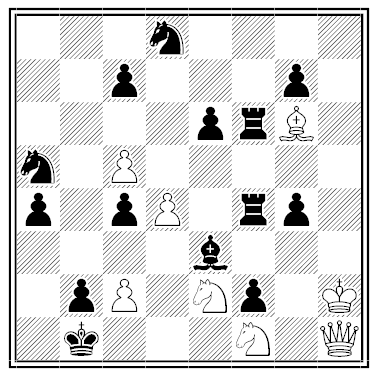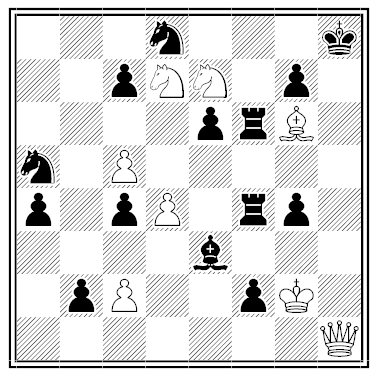In early April 1922, a little girl, Pauline Picard, disappeared from her parents’ farm in Brittany. Searches turned up no clues, and eventually it was thought that she had been carried off by gypsies.
Then word came from Cherbourg that a girl had been found who matched Pauline’s description. The parents hurried to claim her, but they found that the girl did not seem to know them, and she remained silent when addressed in Breton. They returned with her to their village, where the neighbors recognized her, and the attending policeman was satisfied she was Pauline Picard.
Then, in May, a farmer crossing a local field discovered the mutilated body of a young girl. She could not be identified, but her parents recognized Pauline’s clothes.
The New York Times reported: “Although it would seem almost incredible that the parents should make a mistake, the Picards are now uncertain whether the child they have been nursing for more than a month is really their own, and the police are faced by a three-fold task — to discover the murderer, identify the murdered child, and, if she is proved to be Pauline Picard, discover the identity of the little girl from Cherbourg.”
I can’t find any record that they succeeded.





